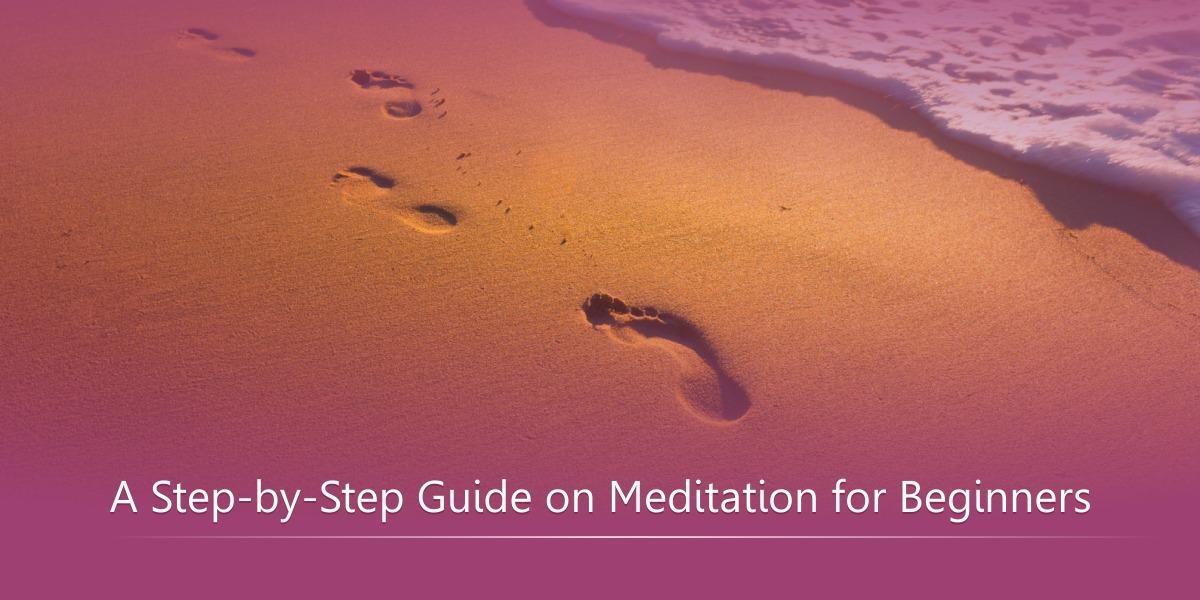MEDITATION FOR BEGINNERS
A Step-by-Step Guide on Meditation for Beginners

Are you new to meditation?
Are you interested to learn meditation?
If your answer is “yes”, then you have reached the right place. We are glad to support you in learning the unlimited benefits and vastness of meditation and find the right balance and peace in your life. Here, we will give you a basic understanding of what mediation is, how beginners can start mediation, and 7 easy step-by-step meditation practices for beginners
What is the need of meditation in our daily Life?
Meditation is a skillful act of silencing our mind to remove unnecessary thoughts that just add noise and disrupts our peace. The way we need physical training to keep our body healthy and fit, similarly, our mind and emotions need meditation to keep them healthy, balanced, focused, and peaceful. Meditation is a powerful tool to integrate our body, mind, and heart to live a harmonious holistic life and to experience oneness with the whole universe.
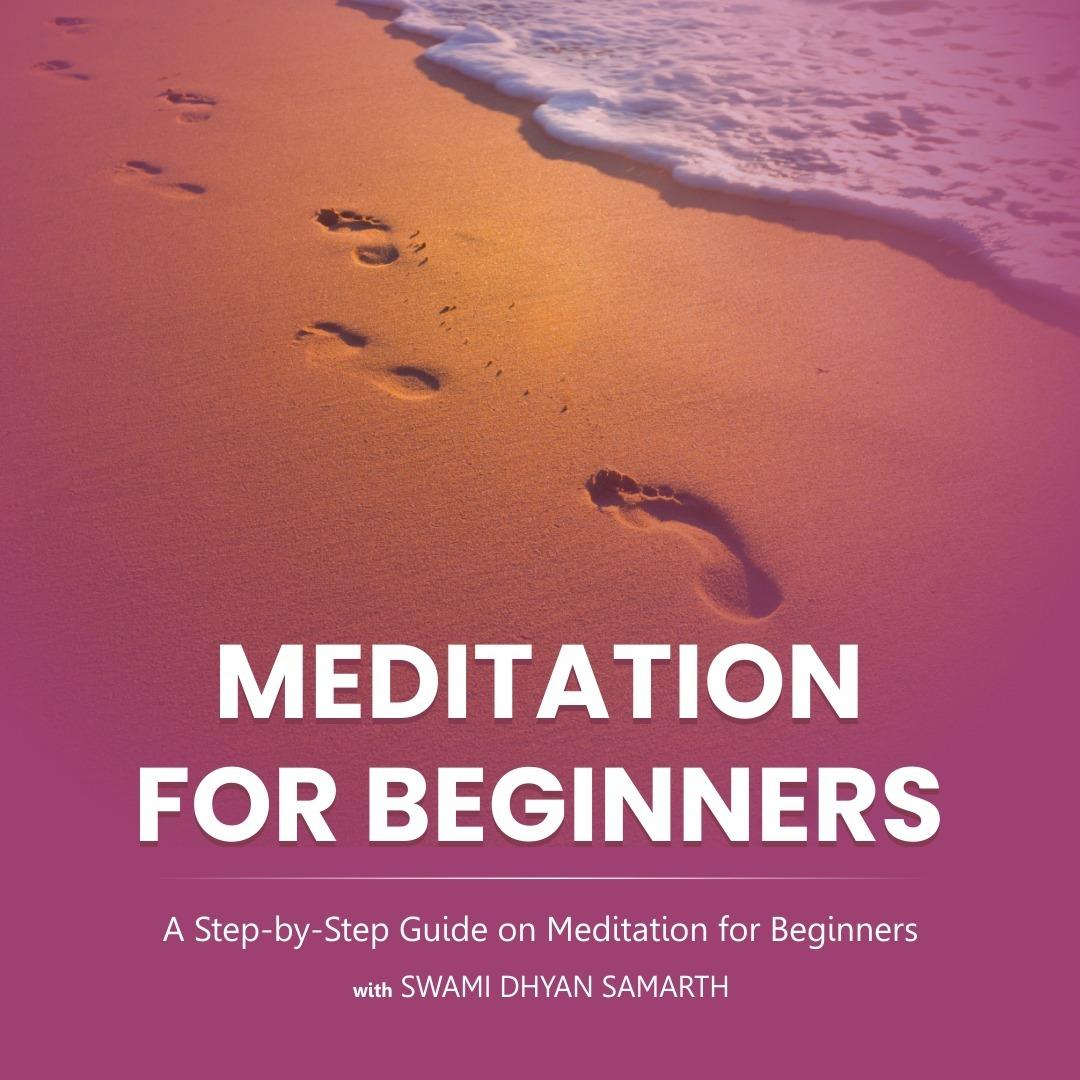
What does meditation mean for a beginner?
For a layman or beginners to meditation, meditation means sitting silently, closing the eyes and watching the breath or watching the thoughts or fixing the mind at a particular point. Though from the surface these look very simple and easy to do, it is only when we start practicing them, we realize how difficult or almost impossible it is to sit silently and comfortably for a long time while watching the breath or the thoughts to experience meditation. After few minutes of meditation sitting, we notice the whole body and mind start revolting to stay quiet, relaxed, comfortable, and calm, we can observe high restlessness of our body-mind by the continuous urge to move the body, feeling of body sensation like itching, biting or crawling of insects on the skin, the high rush of thoughts and surfacing of negative feelings.
Because of this, slowly, one develops a wrong notion that meditation is not his or her cup of tea or it is a very difficult and painful practice or it is for the advanced practitioner of yoga, or that meditation is only for the chosen few. To avoid these misconceptions, one should learn how to meditate by gaining a better understanding of the following topics:
WHAT IS MEDITATION?
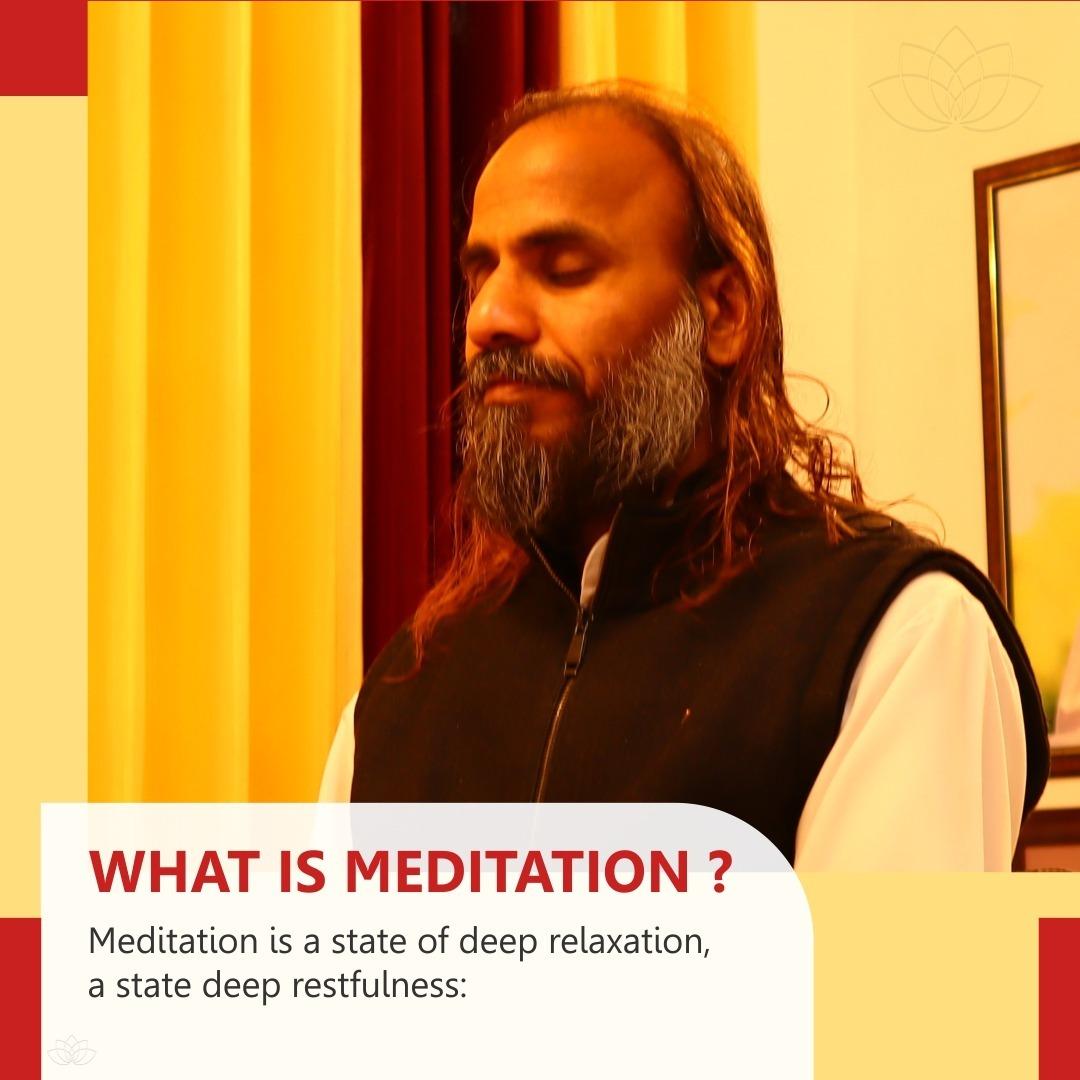
Meditation is a state of deep relaxation, a state deep restfulness:
Meditation means to be in a deep relaxed, restful, and aware state where we experience a deep presence of ourselves and surroundings. Meditation is a state of awareness that makes us realize that “I am not the body, I am not the mind, I am not even the feelings, I am pure presence, a transcendental state of body-mind-heart”. When this awareness goes deeper, slowly we begin to experience few moments of silence, few moments of stillness, and few moments of pure presence. In those still moments, for the first time we know who we are, for the first time we know our true nature, and for the first time, we experience the universal oneness.
Meditation: A State of Pure Silence & Stillness:
Meditation can be termed as a state of no thoughts, no-mind or a state of complete silence without any thoughts. Normally our mind is full of high racing thoughts of past or future. It is a process of freeing our minds from the crowd of thoughts, desires, memories, expectations, imaginations, and projections. Our mind is constantly functioning in forms of worries, anxieties, desires, memories, ambitions, imaginations, dreams which do not allow us to experience pure silence and peace in life. Meditation is a way of experiencing freedom from thoughts and settling into our innermost core of Being. The practice of meditation makes us more balanced, integrated, and in harmony. It brings a tremendous richness into our lives in the form of love, compassion, creativity, freedom, sincerity, authenticity, and a feeling of blissfulness.
Meditation is a Lifestyle…
As you know, anything that belongs to the realm of the experiential dimension cannot be expressed easily by words. Likewise, the realm meditation cannot be described in words or understood by the mind, it is a state that can be felt at the deeper layers of our heart when we go beyond the thoughts or mind. and a way of living in the present moment without thinking of the past or imagining the future. Meditation simply means emptying out all the contents of the mind that leads to be in a great sense of calmness, quietness, joy, and peace. It is a creative way of living with great clarity and integrity in our daily life.
COMPONENTS OF MEDITATION PRACTICE
A meditation technique or meditation practice normally has two major components or aspects. The first component or aspect of meditation practice is the “Structural Aspect” which I call the Body of the meditation practice. This structural aspect contains different forms of yogic activities at the physical level. The second component of meditation practice is the “Psychological Aspect” which I call the Spirit of the meditation. This aspect is related to the mind and becomes the Awareness or Mindfulness component of the yogic activities that are being done in meditation.
The physical & energy components of meditation is just like the periphery of a meditation technique, and the mental or the psychological part is just like the center or the soul of the mediation practice. Though the practice of mediation starts from the physical aspect, but the real practice of meditation is connected with the psychological aspects, I mean the practice of mindfulness, awareness or consciousness.
7 Mindfulness MEDITATIONFOR BEGINNERS
Learn simple ways to release stress and tensions from your body-mind:
Meditation for beginners should be easy to understand and easy to do, in less time and support. These practices should also be short, and sharp which can be used in most of the daily activities.
Remember, the meditation practice explained below are simple and suitable for the contemporary lifestyle and beginners to meditation. These mindfulness practices help to a great extent to release your accumulated tensions, stress from the body-mind-heart. These practices help to stay relaxed, restful, mindful and awake throughout the day.
Now we will discuss in details the step-by-step methods of 7 simple and easy to do mindfulness meditations for beginners.
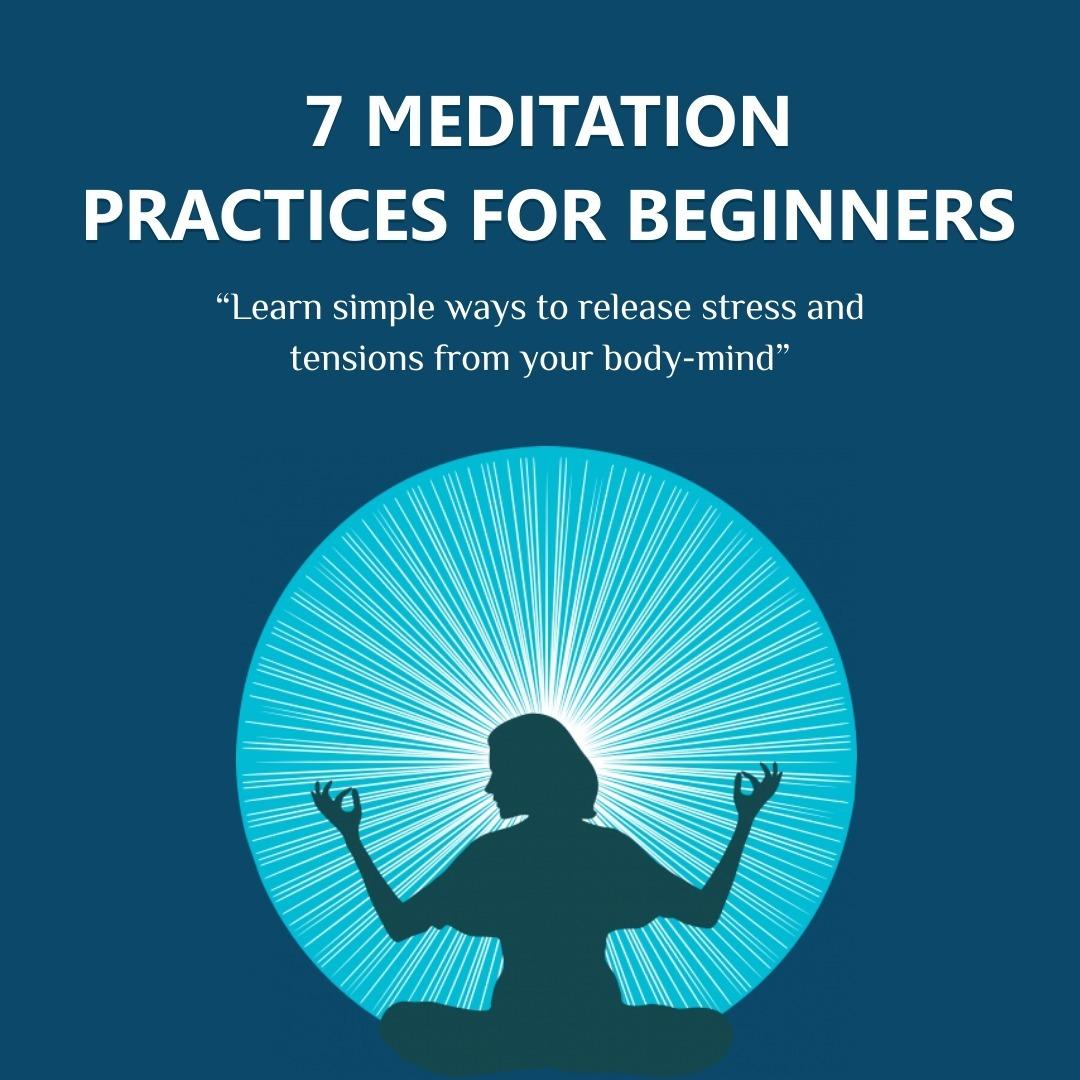
Deep Breathing Meditation
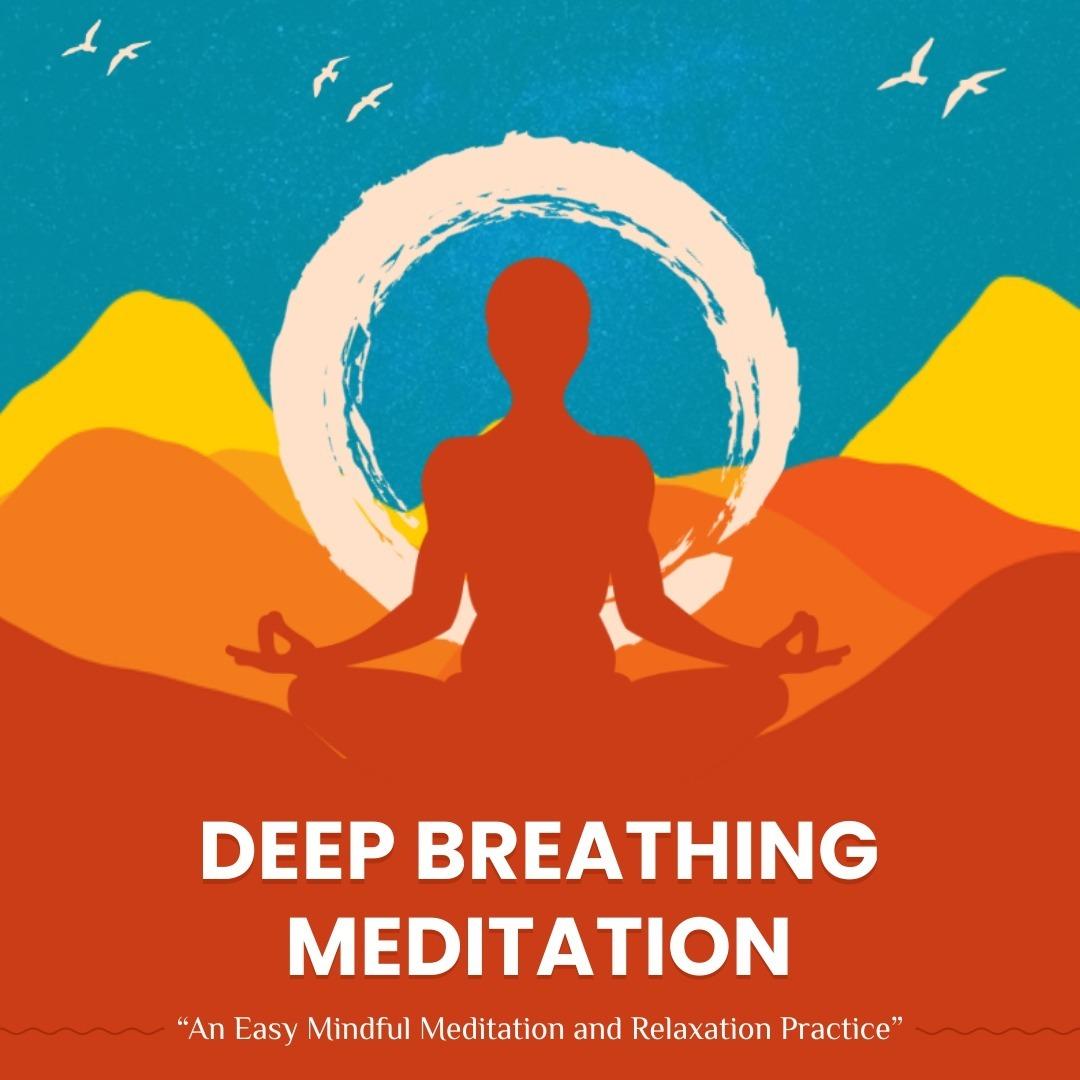
An Easy Mindful Meditation and Relaxation Practice
This deep, relaxed mindful breathing meditation helps to release deep tensions, stress, and restlessness from our body-mind. This short mindfulness meditation practice enhances the healing and rejuvenation of our body-mind.
It also opens us to higher energy levels and awareness. One can easily find a better integration of the body, mind, and heart.
Instruction
During the day, whenever you remember, take a relaxed slow deep breath in, and then have a prolonged deep exhalation by slightly opening the lips. Become mindful of the relaxation of your mouth, face shoulders, entire body, and breath. Stay relaxed and restful at your navel area and feel the up and down movement of the abdomen for a while. Repeat this mindful deep breathing practice at different timings throughout the day. If time permits, you can go for 2 to 3 rounds of this relaxed, slow, deep breathing.
To make it a short meditation practice and to have a deeper experience on your body-mind-heart, it is suggested to do this practice for a longer duration of 15 minutes. You can do this in a lying-down posture, on the bed, on the lawn, or the mat. This practice can also be done in any comfortable sitting posture, on a chair, on a cushion in the room, or in any nature-based area.
STOP! Meditation
Experience the Joy of Being Present
STOP! Meditation practice was developed by Georg Gurdjieff, a powerful mindfulness master from Russia. This meditation practice allows one to stay more mindful, present, and less tense while performing numerous daily activities.
Instruction
During the day, whenever you remember, all of sudden STOP! Be still, completely unmoving, and silent for a moment, remain aware and watchful of your body and breath. Look within, become mindful of the stillness of the body. Stay relaxed, restful, and silent. After a minimum of 30 seconds, continue your activity. This sudden stop and mindful awareness will break the mechanical patterns of your body, mind, and allows you to stay more here and now in a restful and peaceful state. This sudden stop of your body gives you a glimpse of meditation and an awakening state. Repeat as many times as possible. This sudden STOP! of your body and being mindful of the body & breath gives a greater balance and peace to your mind. You can apply this meditation practice while walking, talking, eating, or any day-to-day activities.
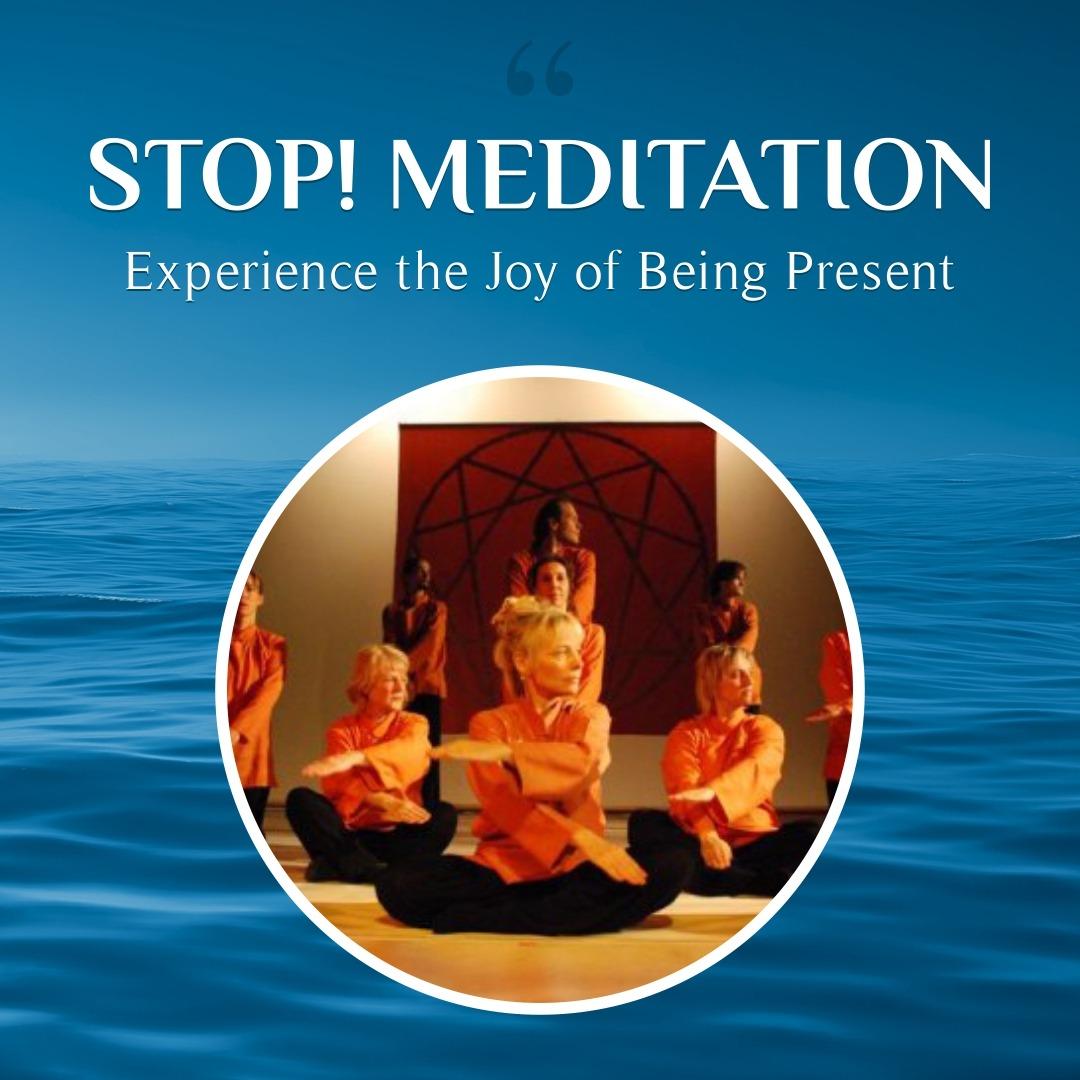
ĀNĀPĀNASATI MEDITATION
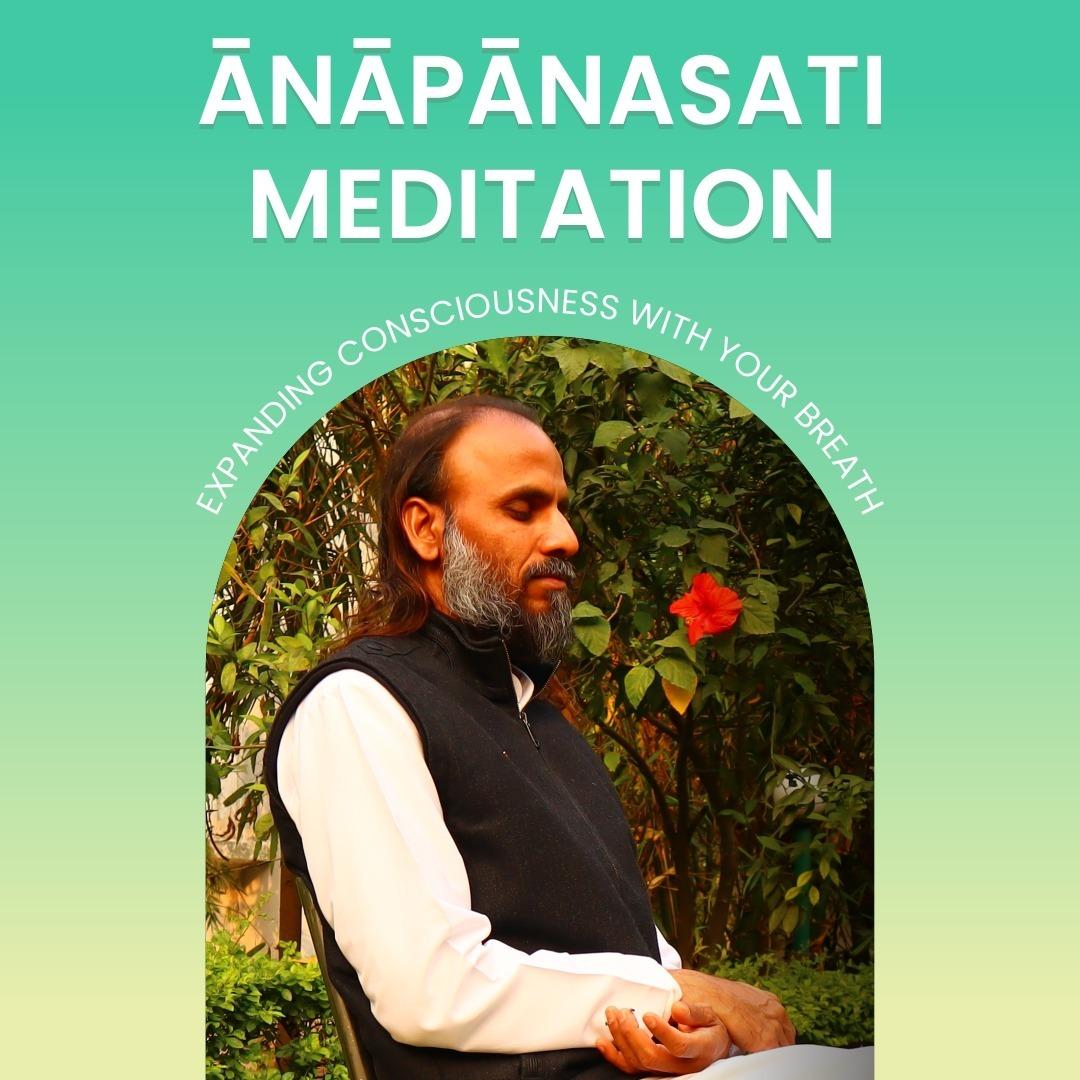
Expanding Consciousness with Your Breath
Anapanasati meditation is one of the most popular meditation practices developed by Gautam Buddha for the mindfulness and meditation. This is a very fundamental practice to enhance the concentration, to develop the integration of body-mind for the expansion of consciousness.
The word “Ānāpānasati” consist of three basic roots, they are Āna (Incoming Breath), Apāna (Outgoing Breath), Sati (Mindfulness or Remembrance). Hence Anapanasati means mindfulness or remembrance of incoming and outgoing breath. It is one of the most powerful breath meditation practices for developing the inner light of consciousness. Anapanasati meditation is a core meditation practice in many Buddhist traditions and prepares the very base of modern mindfulness practice. Now a days, this breath observation is being practiced and taught in different forms and variations including counting the breath, visualizing with each inhalation and exhalation.
For more details on Anapanasati meditation, its benefits and how to do it? Please visit or blog article: Anapanasati Yog Meditation
MINDFUL WALKING MEDITATION
Integrating Mindfulness to Your Daily Activities
Walking is a great meditation for the integration of our body-mind, for grounding. It is very to experience meditation, when your hands are moving in one way, your legs are moving in other way and you remain mindful to the. This practice can build a solid foundation of mindfulness for the body and breath, especially for beginners to meditation. It can be nicely integrated into your morning or evening walk or the movement of any day-to-day affairs of life once you get the knack for it.
Instruction
This meditation starts with walking in a slow, relaxed space by bringing the whole awareness to the lower part of the body. Feeling the touch of your feet to the ground in each step and becoming mindful of the movements of the body. It is more beneficial to keep your eyes lowered, looking only a few steps ahead so that your mindfulness will stay with the walking. Apart from becoming aware of your feet, legs, and hand movements, also remain aware of your breath movements and the surrounding sounds while walking. Many times, you may be carried away by thoughts and lose your mindfulness while walking, do not feel disappointed or disheartened, that your practice has been broken or disturbed. It is very natural in the beginning, every time you realize that you are carried away by thoughts is a mindfulness practice in itself. With compassion, come back to your mindfulness of walking, breathing, and observing the surrounding sounds.
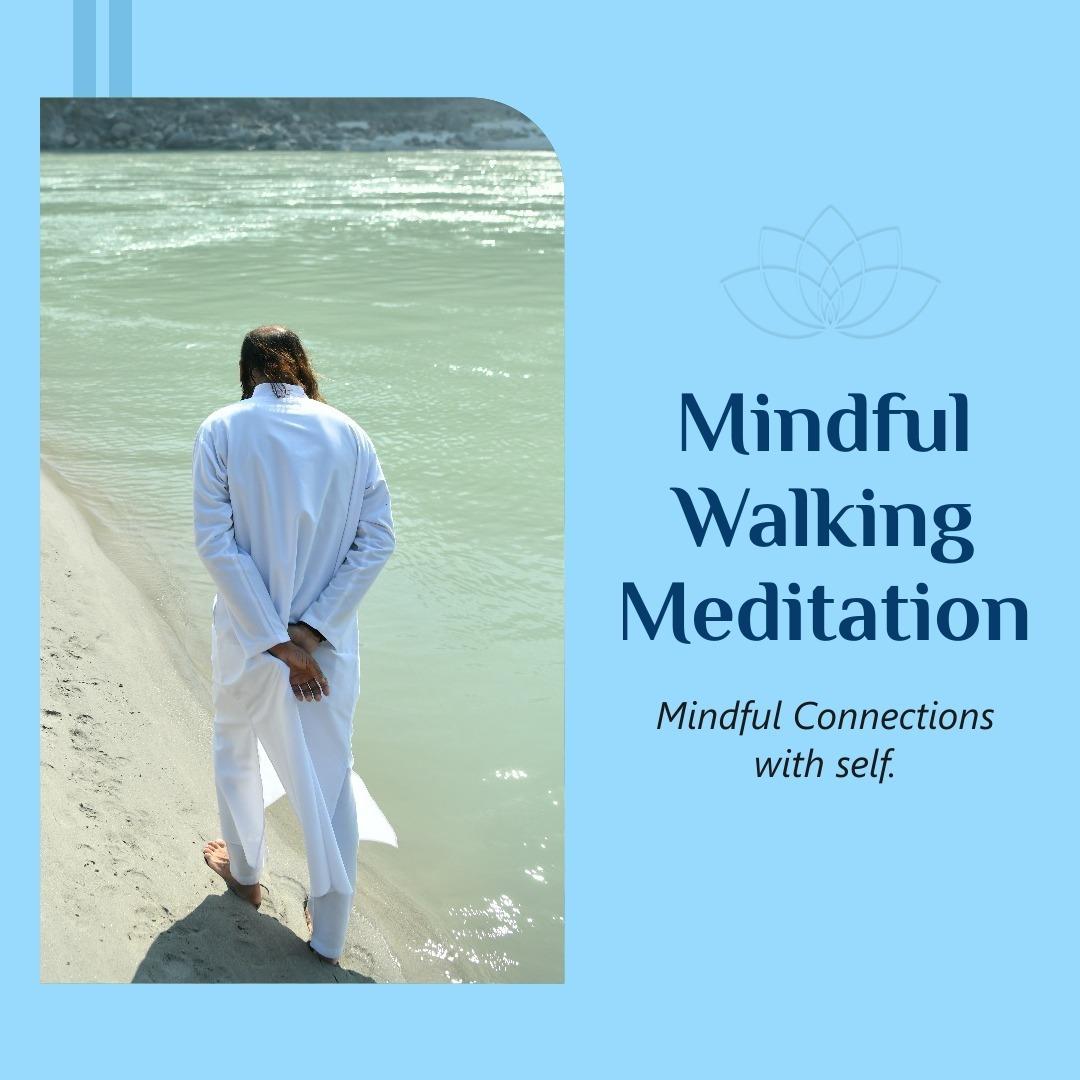
MANTRA MEDITATION
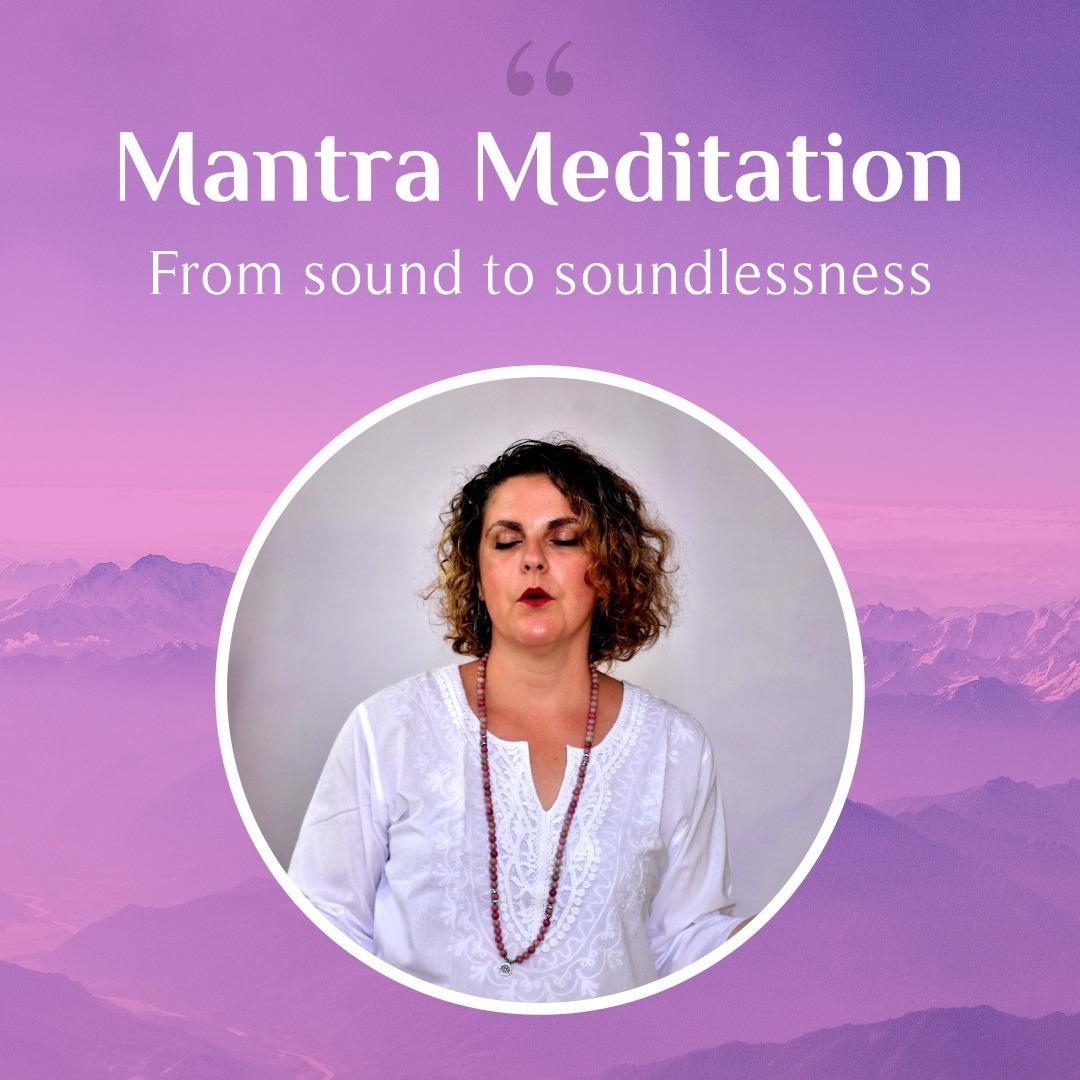
A Journey from Sound to Soundlessness
Mantra meditation, the journey from sound to silence is an effective meditation practice to experience the silence of the chattering mind and meditative awareness. Our mind constantly working without any break or rest. Mantra meditation brings a sudden break to the thought process by continuously repeating a particular sound. It easily changes the direction of the flow of our energy from thinking to feeling, from the head to the heart. Our energy is more available towards the feeling dimension rather than thinking, analysing, or verbalizing inside. Mantra meditation allows the practitioner to quickly feel the peaceful and tranquil state of the body, mind, and heart by achieving a higher mindful state through the vibration of the repeated chanting. This sound meditation (mantra meditation) is very popular in most religions, traditions, paths, schools and is available in many forms of practice.
Instruction
More details on mantra meditation and how to do it? Please visit: Mantra Meditation
MINDFULNESS MEDITATION OF 5 SENSES
Practicing Mindfulness Through 5 Senses
Mindfulness of 5 senses can become an effective tool to practice your mindfulness and awareness throughout the day without devoting any specific time for mindfulness and meditation. In our everyday life we frequently use the different senses to do many daily routine activities. We can easily attach our awareness or mindfulness with these 5 senses like looking, listening, touching, smelling and tasting in a skillful way. Bring your sensitivity or become mindful of your 5 senses while performing your daily routine activities like eating, drinking, walking, sitting, talking, taking shower, touching any object etc.
- Mindful Eating
- Mindful Looking
- Mindful Listening
- Mindful Touching
- Mindful Smelling
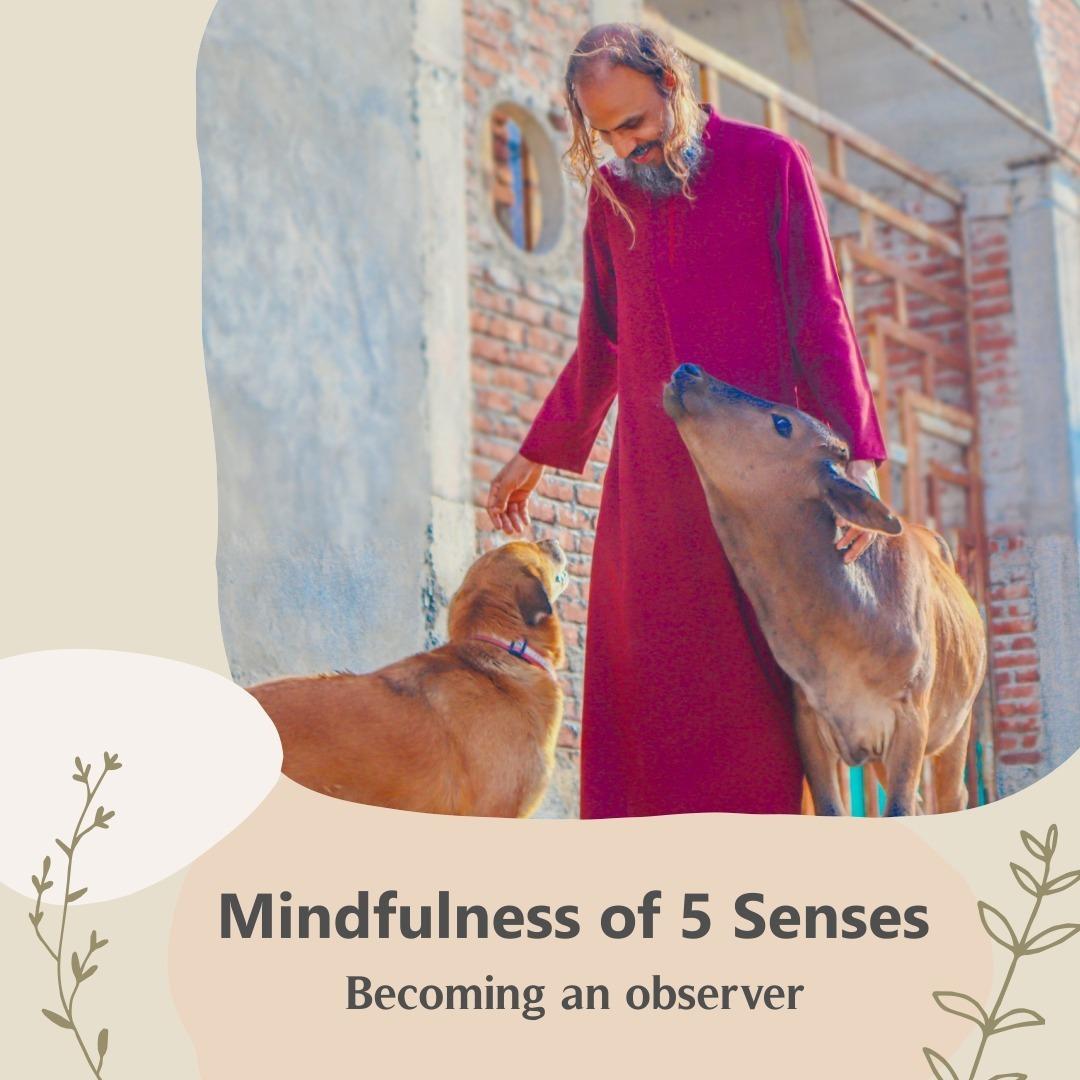
Key Awareness Points of Mindfulness Meditation of the 5 Senses
Using the 5 senses to feel deeply connected and grounded:
- Become aware of the senses and perceive them through your heart. Our heart is considered a sensory organ. Perceiving through our hearts brings in deeper understanding and sensitivity. If you are looking at anything, look as if your heart is the eyes, likewise, while you are listening to anything, listen as if your heart becomes a big ear.
- Perceive the senses without any Judgement, Analysis, or description. Become the sense itself. If you are listening to someone or looking at something, just become pure looking or listening without verbalizing anything about it or, giving it a tag, like, beautiful, ugly, good, or bad. It develops openness and harmony.
- Be total with the senses and become the sense itself. For example, when you look at a flower, the sky, or any object, be one with your looking, as if you become one with the object. If you are near a water stream and listening to the sound of the running water, become one with the sound of running water. It develops oneness.
Remember, when you do anything through your heart, it leads to harmony or oneness but when you do anything through the mind, it divides, it judges and separation happens. So, whatever sense you are using during different times throughout the day, perceive the sense by connecting it to your heart, whether it is listening, looking, tasting, smelling, or touching. While using the sense, be total with it, without judgment or analysis, and perceive the sense with total involvement or becoming one with the sense itself.
SUDDEN PAUSE OF BREATH

Mastering Your Thoughts and Emotions
The sudden PAUSE of breath is an effective short mindfulness meditation practice to control the high thought process and negative emotions.
It brings tremendous control and restores the peace and stability of the high chattering mind. For the first time, one can get a glimpse of the silence within and learn how to get control of overwhelming emotions.
Instruction
During the day, whenever you get 2 to 3 minutes and want to internalize your awareness, this small mindfulness meditation can be of tremendous help to connect with your Body-Mind-Breath. Have a sudden PAUSE in your Breath, stay restful, and become aware of the pause of breath. Let your body also stay still, unmoving. Remain aware and watchful of the stillness of breath and body as long as possible without suffocating yourself. This sudden pause of breath will break the continuous flow of thoughts and allows you to become more aware, and alert of your body, breath, and thoughts. Feel the calmness, quietness, and Silence within. Repeat this sudden PAUSE! Of breath and the mindful stillness of your body and mind as many times as possible to experience a greater balance of your emotions which brings peace to your mind.
An Invitation
If you are new to meditation and want to understand the core of meditation and experience a deeper connection with your practices to start your meditation journey, you are most welcome to Yoga Essence Ashram, Rishikesh, India. You will get a unique opportunity to learn and practice many varieties of meditation practices under the guidance of meditation master, Bodhi Sattva, in an ashram ambiance with co-meditators and seekers from all over the world. Your consciousness journey will be easier and deeper in the high yogic energy fields of Rishikesh, at the foothill of the Himalayas where yogis and seekers have been meditating for thousands of years. You can join any of our meditation programs to start your meditation journey.
- 5 Days Meditation Course for Beginners
- 14 Days Meditation Course for Stress Management
- 14 Days or 24 Days Experiential & Transformational Meditation Course
- 100 Hours Meditation Teacher Training Courses
- 200 Hours Meditation Teacher Training Courses
- 300 Hours Meditation Teacher Training Courses
- 500 Hours Meditation Teacher Training Courses
- Yoga Nidra Teacher Training Courses- Level I, II, III
- Online Meditation Course
- Online Meditation Teacher Training Courses


